Home>Furniture & Design>Interior Design Trends>Why Does Porcelain Break Glass
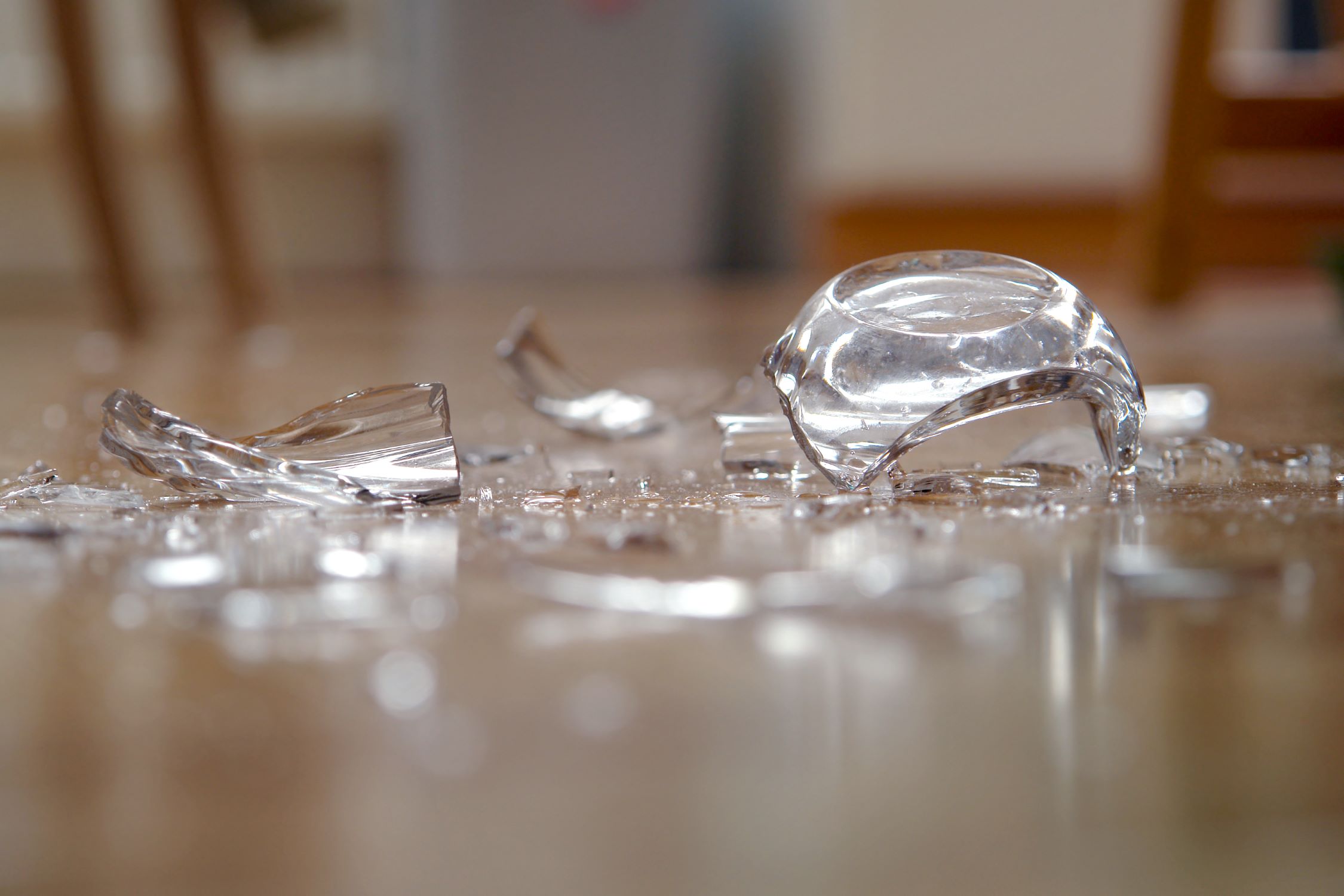

Interior Design Trends
Why Does Porcelain Break Glass
Published: February 4, 2024
Discover the reasons why porcelain breaks glass and stay updated on the latest interior design trends. Explore the intersection of functionality and aesthetics in modern design.
(Many of the links in this article redirect to a specific reviewed product. Your purchase of these products through affiliate links helps to generate commission for Storables.com, at no extra cost. Learn more)
Introduction
Porcelain and glass are two widely used materials in various applications, from kitchenware to home decor. While both materials are known for their elegance and versatility, they also possess distinct properties that can lead to unexpected interactions. One such interaction is the potential for porcelain to break glass, a phenomenon that has puzzled many individuals.
Understanding the reasons behind this occurrence requires a closer look at the unique characteristics of porcelain and glass. By delving into their properties and the science behind their behavior, we can gain valuable insights into why porcelain may pose a risk to glass and how to mitigate this risk effectively.
In the following sections, we will explore the properties of porcelain and glass, shedding light on their strengths and vulnerabilities. We will then delve into the interaction between these materials, uncovering the factors that contribute to porcelain's potential to break glass. Additionally, we will discuss common causes of this phenomenon and provide practical strategies for preventing porcelain from causing damage to glass surfaces.
By unraveling the complexities of porcelain and glass interactions, we can equip ourselves with the knowledge needed to safeguard our glass items and maintain their longevity. Let's embark on this enlightening journey to uncover the science behind why porcelain breaks glass and discover effective measures to preserve the integrity of glass in the presence of porcelain.
Key Takeaways:
- Porcelain’s strength and thermal properties can break glass due to pressure points and thermal differentials. Using protective barriers and temperature management can prevent unintended breakage.
- Understanding porcelain and glass properties is key to preventing breakage. Strategic placement, regular inspection, and education can safeguard glass surfaces and preserve their longevity.
Read more: Why Does Glass Break With Sound
The Properties of Porcelain
Porcelain, a type of ceramic material, is renowned for its exceptional durability, versatility, and aesthetic appeal. Its composition, which primarily consists of kaolin, a fine white clay, and other minerals, contributes to its unique properties. Understanding the distinct characteristics of porcelain is crucial in comprehending its potential to break glass and implementing effective preventive measures.
Strength and Hardness
Porcelain exhibits remarkable strength and hardness, making it highly resistant to wear and tear. Its dense structure and low porosity contribute to its robust nature, allowing it to withstand substantial pressure and impact. This inherent strength is a defining feature of porcelain, making it a preferred choice for a wide range of applications, including tableware, tiles, and decorative items.
Translucency and Luminosity
One of the most captivating attributes of porcelain is its translucency, which enables light to pass through the material, creating a luminous effect. This unique quality lends an ethereal beauty to porcelain objects, enhancing their visual appeal and making them prized possessions in interior design and artistic creations.
Thermal Stability
Porcelain possesses exceptional thermal stability, enabling it to withstand extreme temperatures without compromising its structural integrity. This property makes porcelain suitable for use in various environments, including kitchens and dining areas, where exposure to heat and cold is common. Its ability to maintain stability under fluctuating temperatures enhances its practicality and longevity.
Read more: Why Does Ceramic Break Glass
Resistance to Chemicals
Another notable property of porcelain is its resistance to chemicals, including acids and alkalis. This resistance makes porcelain highly suitable for use in laboratory equipment, dental prosthetics, and industrial applications where exposure to corrosive substances is a concern. This chemical resilience contributes to the overall durability and reliability of porcelain products.
Precision and Fine Detailing
Porcelain's malleability and ability to retain intricate details during the shaping and firing process make it an ideal medium for intricate designs and decorative embellishments. Artisans and craftsmen leverage these properties to create exquisite porcelain pieces, showcasing intricate patterns, delicate textures, and fine detailing that elevate the aesthetic appeal of the material.
In summary, the properties of porcelain, including its strength, translucency, thermal stability, chemical resistance, and capacity for fine detailing, underscore its versatility and desirability in various applications. However, these very properties also contribute to its potential to cause damage to glass, a phenomenon that warrants careful consideration and proactive measures to prevent unintended breakage.
The Properties of Glass
Glass, a versatile and ubiquitous material, possesses a unique set of properties that render it indispensable in numerous applications. Understanding the distinct characteristics of glass is essential for comprehending its vulnerabilities and interactions with other materials, including porcelain. By exploring the properties of glass, we can gain valuable insights into its behavior and susceptibility to breakage, shedding light on the dynamics of its interaction with porcelain.
Transparency and Optical Clarity
One of the most defining features of glass is its transparency and optical clarity. This property allows light to pass through the material, making it an ideal choice for windows, display cases, and optical lenses. The ability of glass to transmit and refract light contributes to its aesthetic appeal and functional versatility, enabling it to enhance the visual appeal of architectural structures and decorative items.
Brittleness and Hardness
Glass exhibits a unique combination of brittleness and hardness, making it susceptible to breakage under certain conditions. While its surface may appear smooth and unyielding, glass is inherently fragile and prone to shattering upon impact. This brittleness, coupled with its hardness, underscores the need for careful handling and protective measures to prevent accidental damage.
Chemical Inertness
Another notable property of glass is its chemical inertness, rendering it resistant to corrosion and degradation when exposed to most chemicals. This inert nature makes glass suitable for storing and displaying a wide range of substances, including food, beverages, and pharmaceutical products. Its resistance to chemical reactions contributes to its hygienic and durable characteristics, making it a preferred material in various industries.
Thermal Stability
Glass exhibits exceptional thermal stability, allowing it to withstand significant temperature differentials without undergoing structural changes. This property is particularly valuable in applications where exposure to heat or cold is a concern, such as in cookware, laboratory equipment, and architectural glazing. The ability of glass to maintain its integrity under varying thermal conditions enhances its reliability and longevity.
Malleability and Formability
While glass is known for its rigidity, it also possesses malleable properties that allow it to be shaped and formed into intricate designs and structures. This formability enables artisans and manufacturers to create a diverse array of glass products, ranging from delicate ornaments to robust industrial components. The capacity of glass to assume diverse forms and configurations underscores its adaptability and aesthetic potential.
In summary, the properties of glass, including its transparency, brittleness, chemical inertness, thermal stability, and formability, define its multifaceted nature and utility in a myriad of applications. However, these very properties also render glass susceptible to damage when subjected to external forces, including those exerted by porcelain. By recognizing the unique characteristics of glass and its vulnerabilities, we can implement effective measures to safeguard glass items and minimize the risk of breakage in the presence of porcelain.
The Interaction Between Porcelain and Glass
The interaction between porcelain and glass is a complex interplay of their respective properties, which can lead to unexpected outcomes. When these two materials come into contact, their distinct characteristics and behaviors influence the nature of their interaction, potentially resulting in breakage or damage. Understanding the dynamics of this interaction is crucial for mitigating the risk of porcelain causing harm to glass surfaces.
Porcelain, known for its exceptional strength and hardness, can exert significant pressure on glass when in direct contact. The dense and rigid nature of porcelain, coupled with its thermal stability, means that it can transmit force to the more fragile glass material. This transfer of pressure, especially when applied to specific points or edges, can exceed the tensile strength of the glass, leading to fractures or breakage.
Moreover, the fine detailing and precision of porcelain items, such as decorative figurines or tableware, can pose a risk to glass surfaces. Intricate protrusions or sharp edges on porcelain objects can concentrate stress on localized areas of the glass, making it susceptible to structural compromise. The brittleness of glass, combined with the potential for focused pressure from porcelain, creates a scenario where the glass is vulnerable to damage upon contact.
Additionally, the thermal properties of porcelain and glass play a significant role in their interaction. Variations in temperature can induce expansion or contraction in these materials, potentially resulting in stress differentials at their interface. When subjected to rapid temperature changes, such as placing hot porcelain items on cold glass surfaces or vice versa, the mismatch in thermal expansion coefficients between the two materials can lead to mechanical stress and, consequently, glass breakage.
The translucency of porcelain, which allows light to pass through, can also influence its interaction with glass. When porcelain objects are placed on glass surfaces, the transmission of light through the porcelain may create localized heating on the underlying glass, particularly if the glass is exposed to direct sunlight. This localized heating, combined with the thermal properties of the materials, can contribute to stress accumulation in the glass, potentially compromising its structural integrity.
In summary, the interaction between porcelain and glass is a multifaceted phenomenon influenced by their respective properties, including strength, thermal stability, and translucency. The interplay of these characteristics can lead to scenarios where porcelain poses a risk to glass, necessitating proactive measures to prevent unintended breakage. By recognizing the intricacies of their interaction, we can implement strategies to safeguard glass surfaces and preserve their longevity in the presence of porcelain items.
Read more: Why Does Glass Break When Heated
Common Causes of Porcelain Breaking Glass
The potential for porcelain to break glass can be attributed to several common causes, each stemming from the unique properties and interactions of these materials. Understanding these causes is essential for implementing preventive measures and minimizing the risk of damage to glass surfaces in the presence of porcelain.
-
Pressure Points and Stress Concentration: When porcelain items come into direct contact with glass surfaces, the distribution of pressure and stress can lead to localized points of high mechanical strain. This is particularly evident in scenarios where sharp edges or protrusions on porcelain objects exert force on the glass, creating stress concentration areas that can compromise the structural integrity of the glass.
-
Thermal Shock and Differential Expansion: Rapid temperature differentials, such as placing hot porcelain items on cold glass or vice versa, can induce thermal shock and differential expansion between the materials. This phenomenon can result in mechanical stress at their interface, potentially leading to glass breakage. The mismatch in thermal expansion coefficients between porcelain and glass exacerbates the risk of damage under fluctuating temperature conditions.
-
Transmitted Pressure and Impact: The inherent strength and hardness of porcelain enable it to transmit substantial pressure and impact to glass surfaces upon contact. This transfer of force, especially when applied to specific points or edges, can exceed the tensile strength of the glass, making it susceptible to fractures or breakage. The brittleness of glass renders it vulnerable to damage under such circumstances.
-
Localized Heating and Stress Accumulation: The translucency of porcelain allows light to pass through, potentially creating localized heating on underlying glass surfaces, especially when exposed to direct sunlight. This localized heating, combined with the thermal properties of the materials, can contribute to stress accumulation in the glass, increasing the likelihood of structural compromise and breakage.
-
Surface Irregularities and Contact Points: Irregularities on the surface of porcelain items, such as uneven bases or rough textures, can create uneven contact points with glass surfaces. These contact points may concentrate pressure and stress, posing a risk of damage to the glass. Additionally, imperfections or defects in either the porcelain or glass can exacerbate the susceptibility to breakage upon contact.
By recognizing these common causes of porcelain breaking glass, individuals can take proactive measures to mitigate the associated risks. Implementing protective measures, such as using soft padding or protective barriers between porcelain and glass surfaces, and avoiding sudden temperature differentials, can significantly reduce the likelihood of unintended breakage. Furthermore, careful handling and placement of porcelain items in proximity to glass can help preserve the integrity of glass surfaces and prolong their lifespan.
How to Prevent Porcelain from Breaking Glass
Preventing porcelain from breaking glass requires a proactive approach that considers the unique properties and interactions of these materials. By implementing practical measures and exercising caution, individuals can safeguard glass surfaces and minimize the risk of damage when using porcelain items in proximity to glass.
Protective Barriers and Cushioning
Using soft padding or protective barriers between porcelain and glass surfaces can effectively mitigate the risk of breakage. Placing felt pads, silicone mats, or non-abrasive liners beneath porcelain objects can create a cushioning layer that disperses pressure and minimizes stress concentration points. Additionally, employing coasters or trivets with soft, non-slip bases can provide a protective barrier between hot porcelain items and glass surfaces, reducing the likelihood of thermal shock and impact-related damage.
Temperature Management
Avoiding sudden temperature differentials is essential for preserving the integrity of glass when in contact with porcelain. When placing hot or cold porcelain items on glass surfaces, it is advisable to use insulating layers, such as cloth or cork, to moderate the transfer of heat or cold. This precaution helps minimize the risk of thermal shock and differential expansion, safeguarding the glass from potential breakage due to temperature-induced stress.
Read more: Why Does A Spark Plug Break Glass
Strategic Placement and Handling
Careful consideration of the placement and handling of porcelain items in proximity to glass can significantly reduce the risk of unintended breakage. Ensuring that porcelain objects are positioned on stable and level surfaces, free from uneven contact points or surface irregularities, can help distribute pressure evenly and minimize stress concentration. When handling delicate porcelain items near glass surfaces, exercising caution and avoiding sudden impacts or pressure application is crucial for preventing damage to the glass.
Regular Inspection and Maintenance
Regularly inspecting glass surfaces for any signs of wear, scratches, or imperfections can aid in identifying potential areas of vulnerability. Addressing any surface irregularities or defects promptly can help mitigate the risk of breakage when in contact with porcelain. Additionally, maintaining cleanliness and ensuring that glass surfaces are free from debris or abrasive particles can contribute to preserving their structural integrity and resilience to external forces.
Education and Awareness
Educating individuals about the properties and interactions of porcelain and glass can foster awareness of the potential risks and preventive measures. By disseminating information about the factors that contribute to porcelain breaking glass, such as pressure points, thermal differentials, and stress accumulation, individuals can make informed decisions and adopt proactive strategies to protect glass surfaces from damage.
By incorporating these preventive measures into everyday practices, individuals can create a safer environment for the coexistence of porcelain and glass, minimizing the risk of breakage and preserving the longevity of glass surfaces. Proactive measures, combined with a thorough understanding of the dynamics of porcelain-glass interactions, empower individuals to enjoy the aesthetic and functional benefits of these materials without compromising the integrity of glass.
Frequently Asked Questions about Why Does Porcelain Break Glass
Was this page helpful?
At Storables.com, we guarantee accurate and reliable information. Our content, validated by Expert Board Contributors, is crafted following stringent Editorial Policies. We're committed to providing you with well-researched, expert-backed insights for all your informational needs.


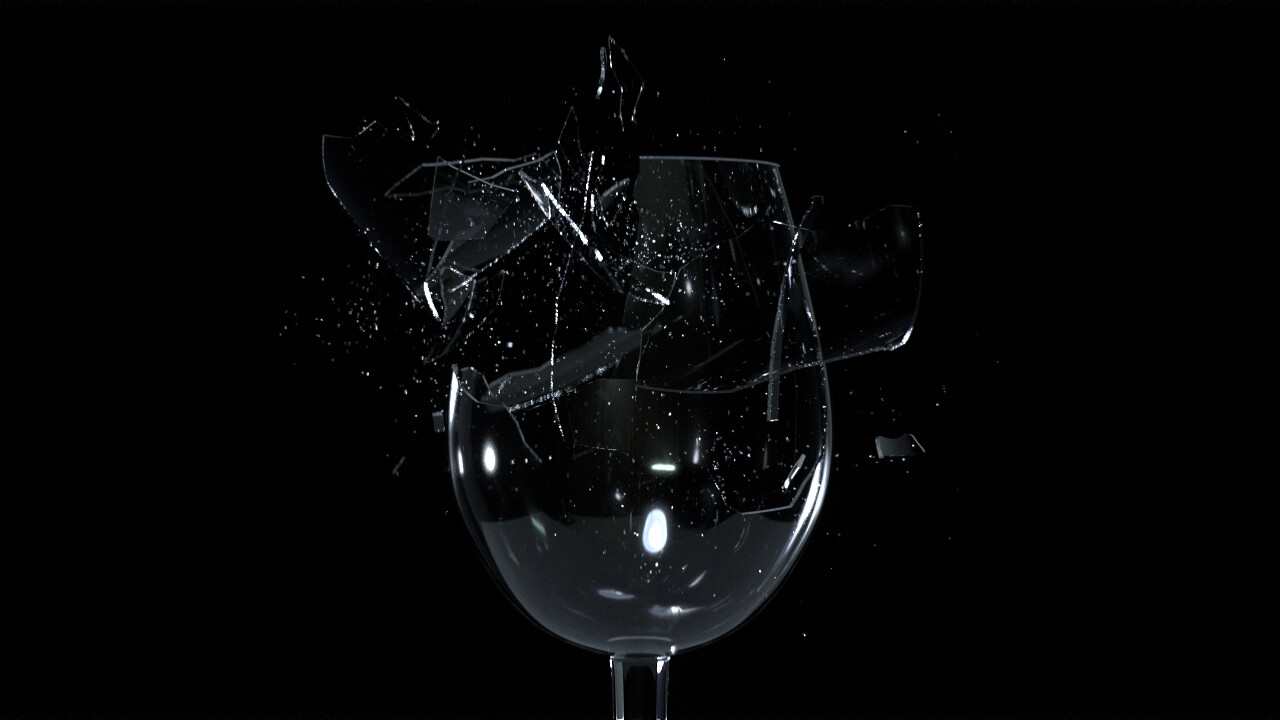
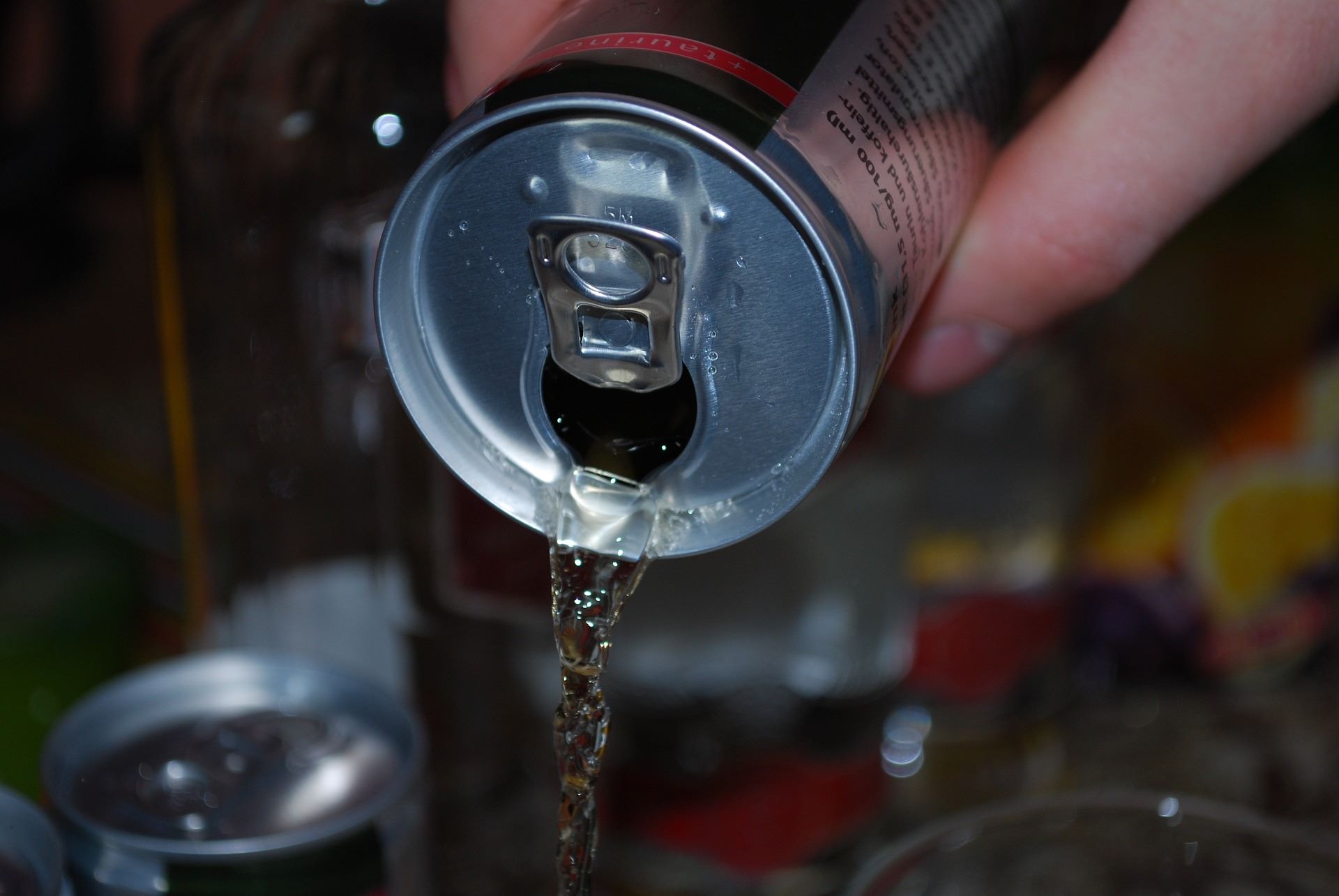
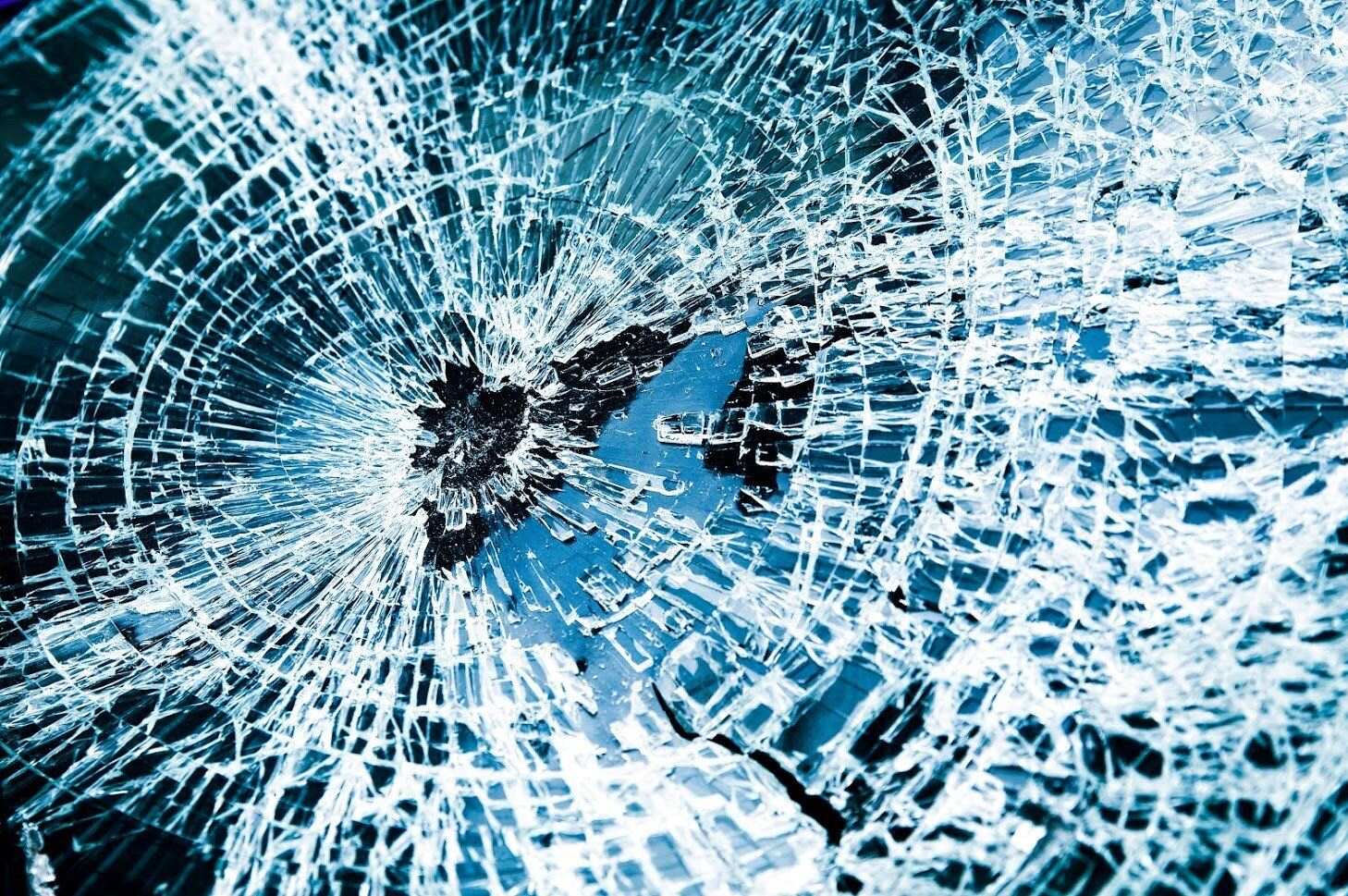
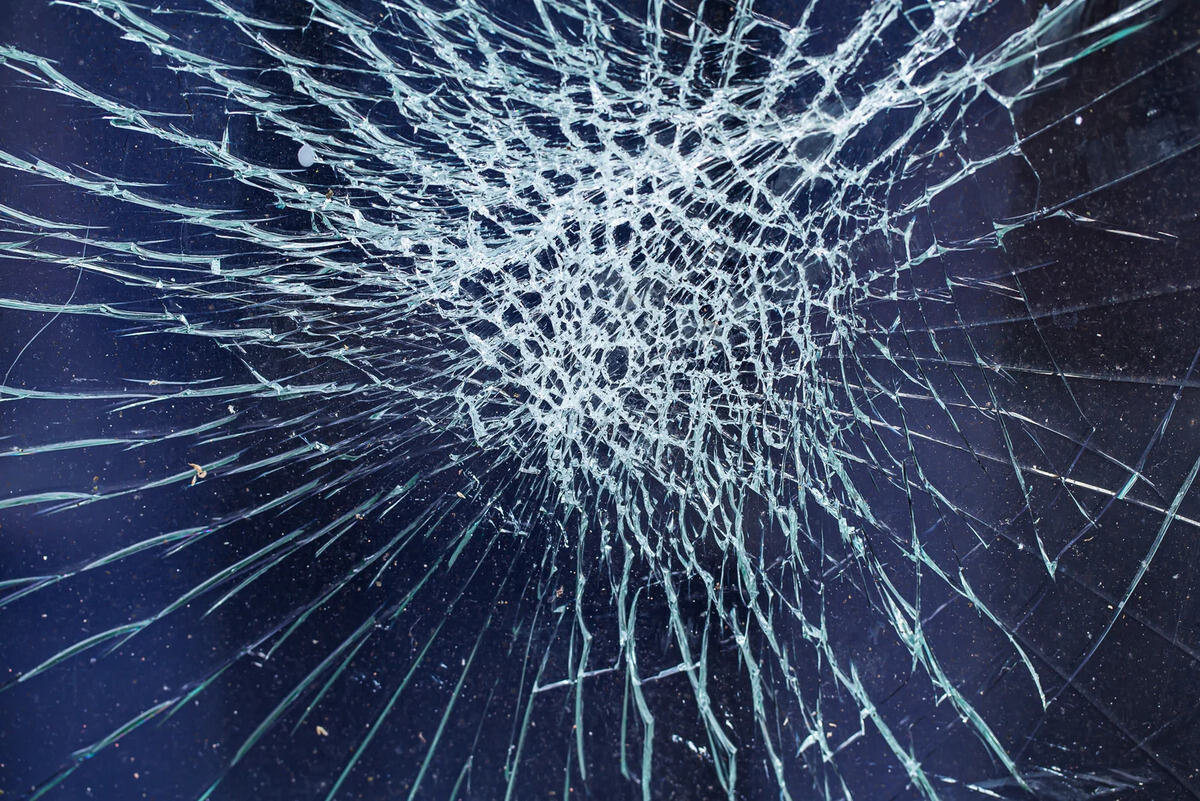
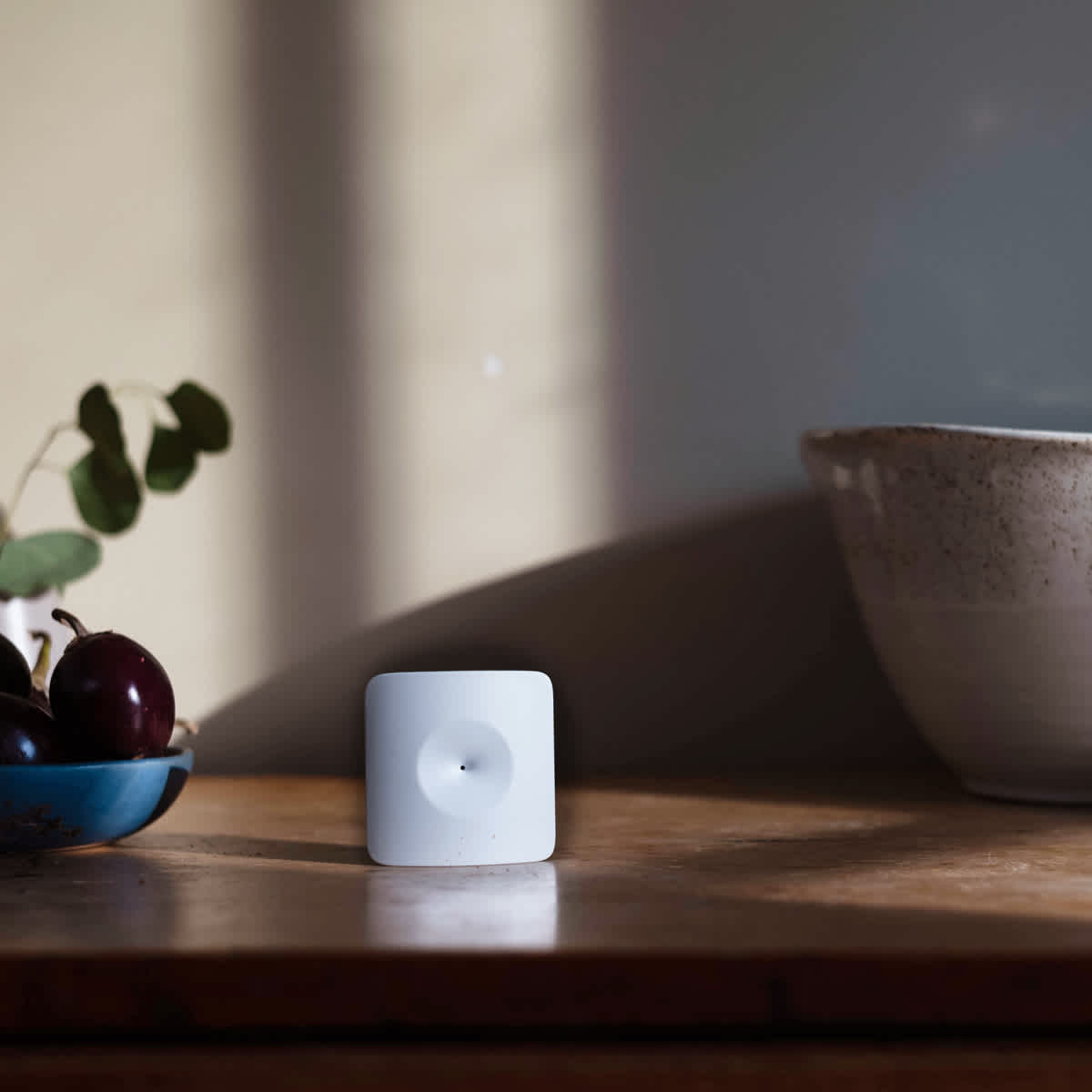
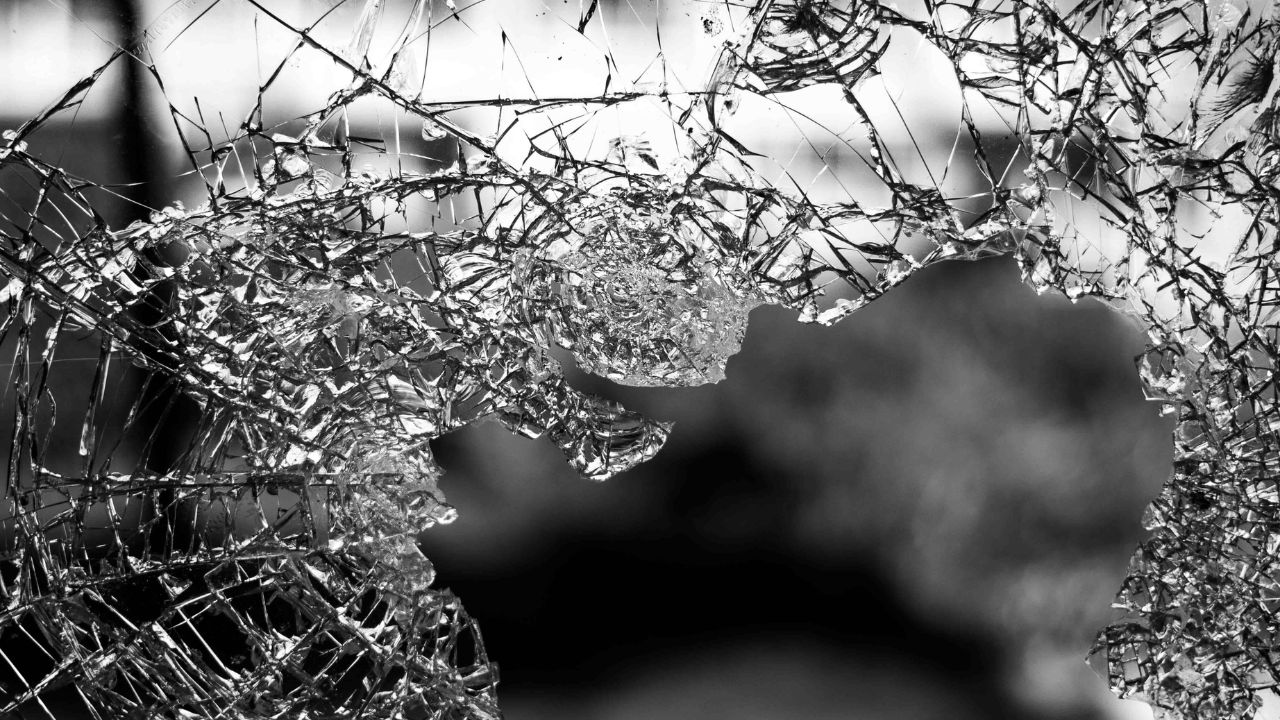
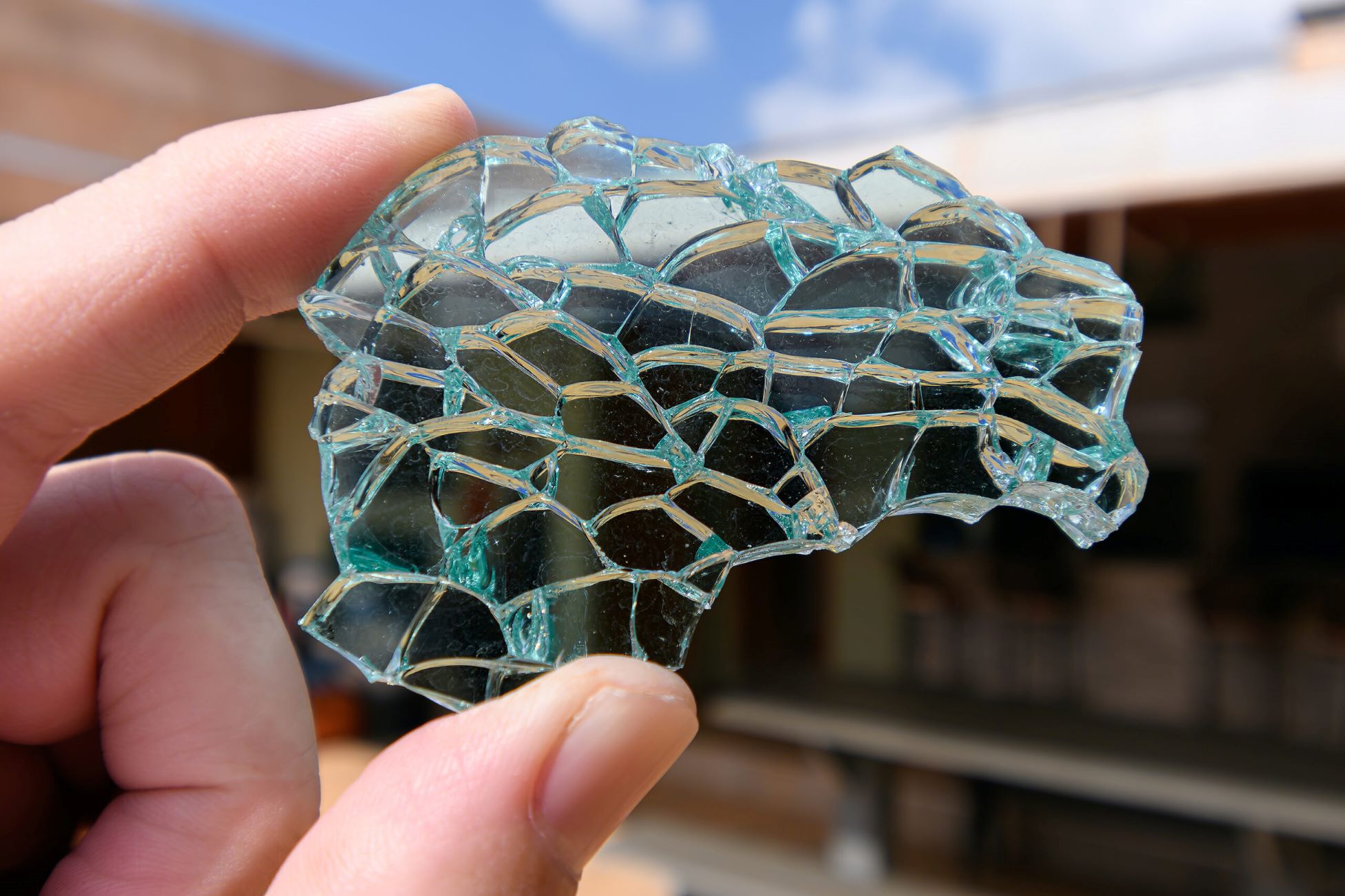
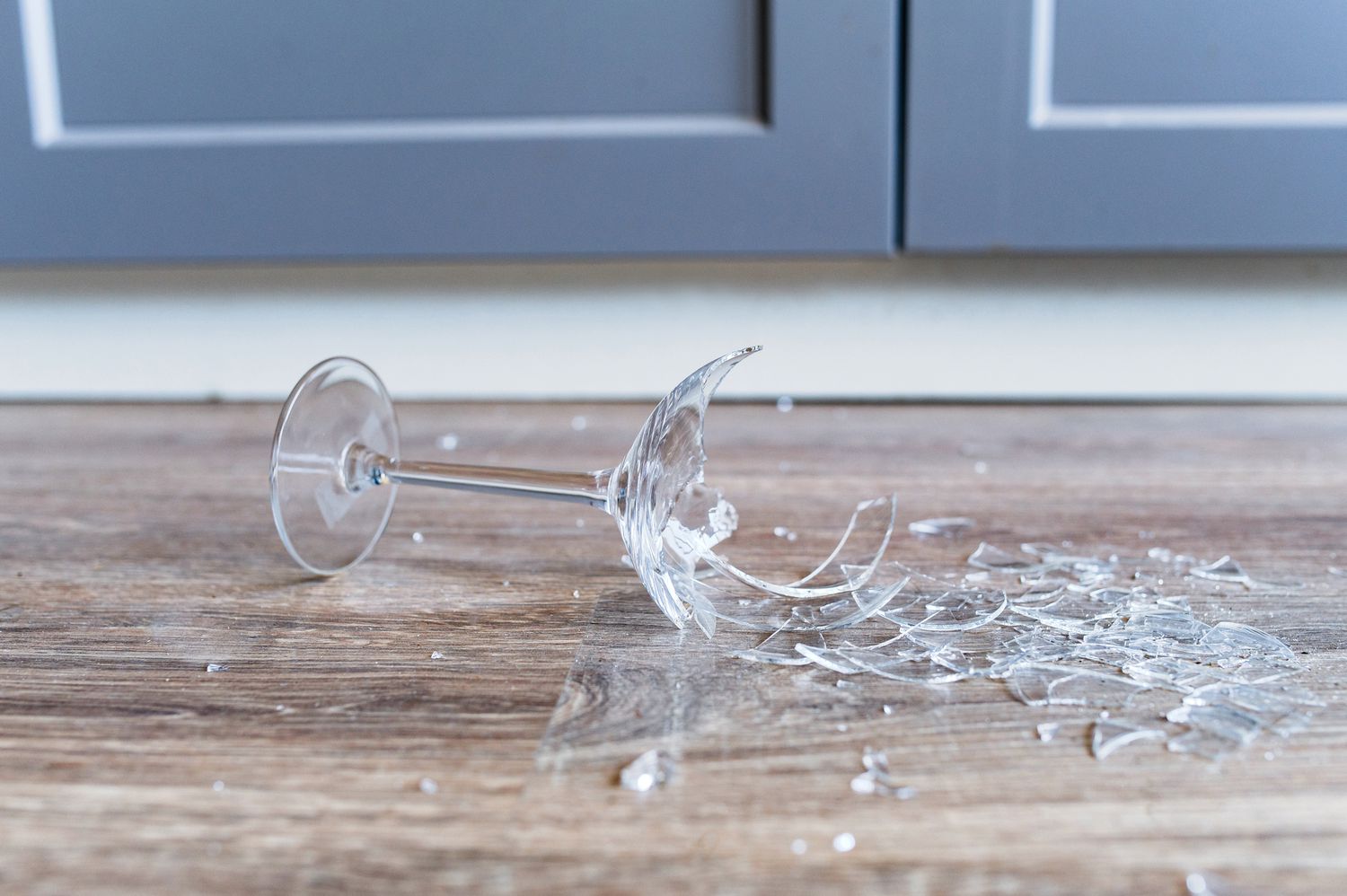
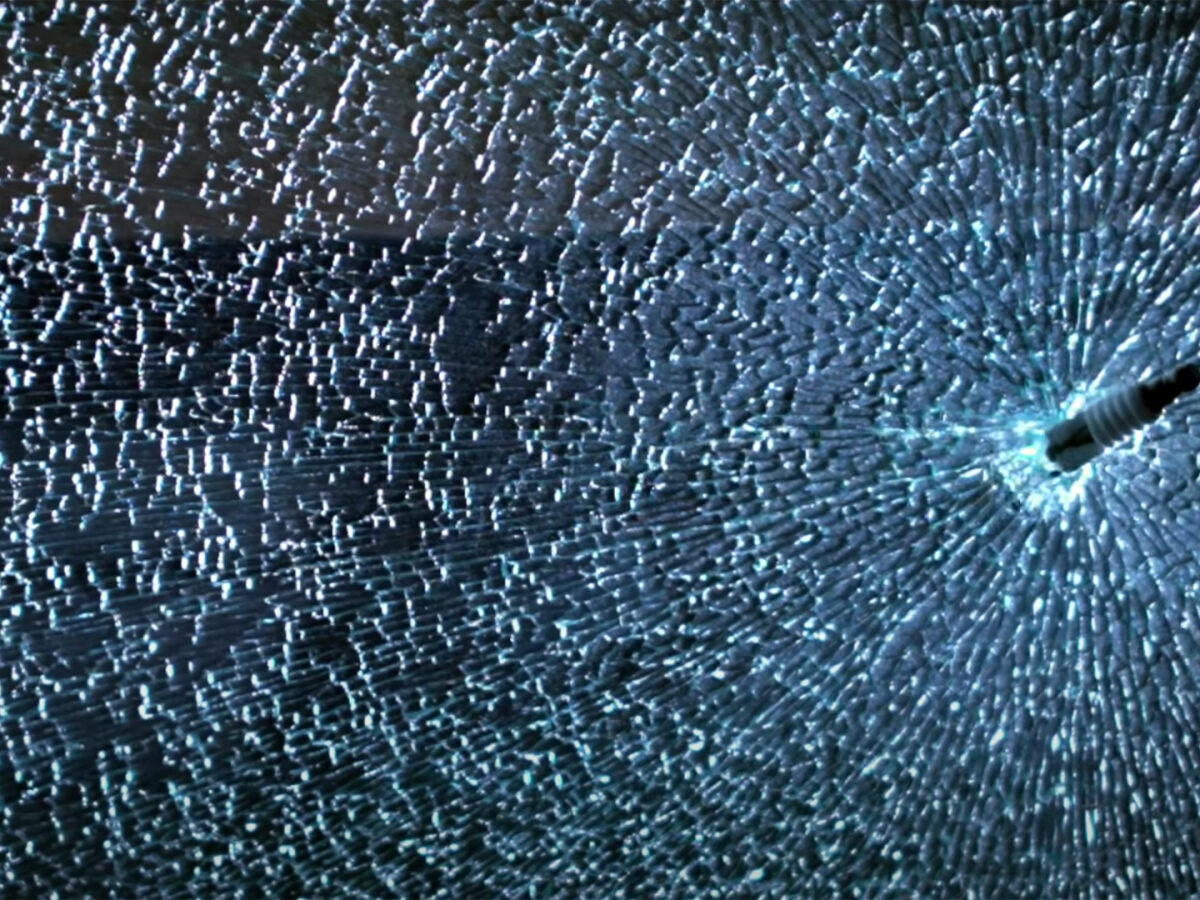
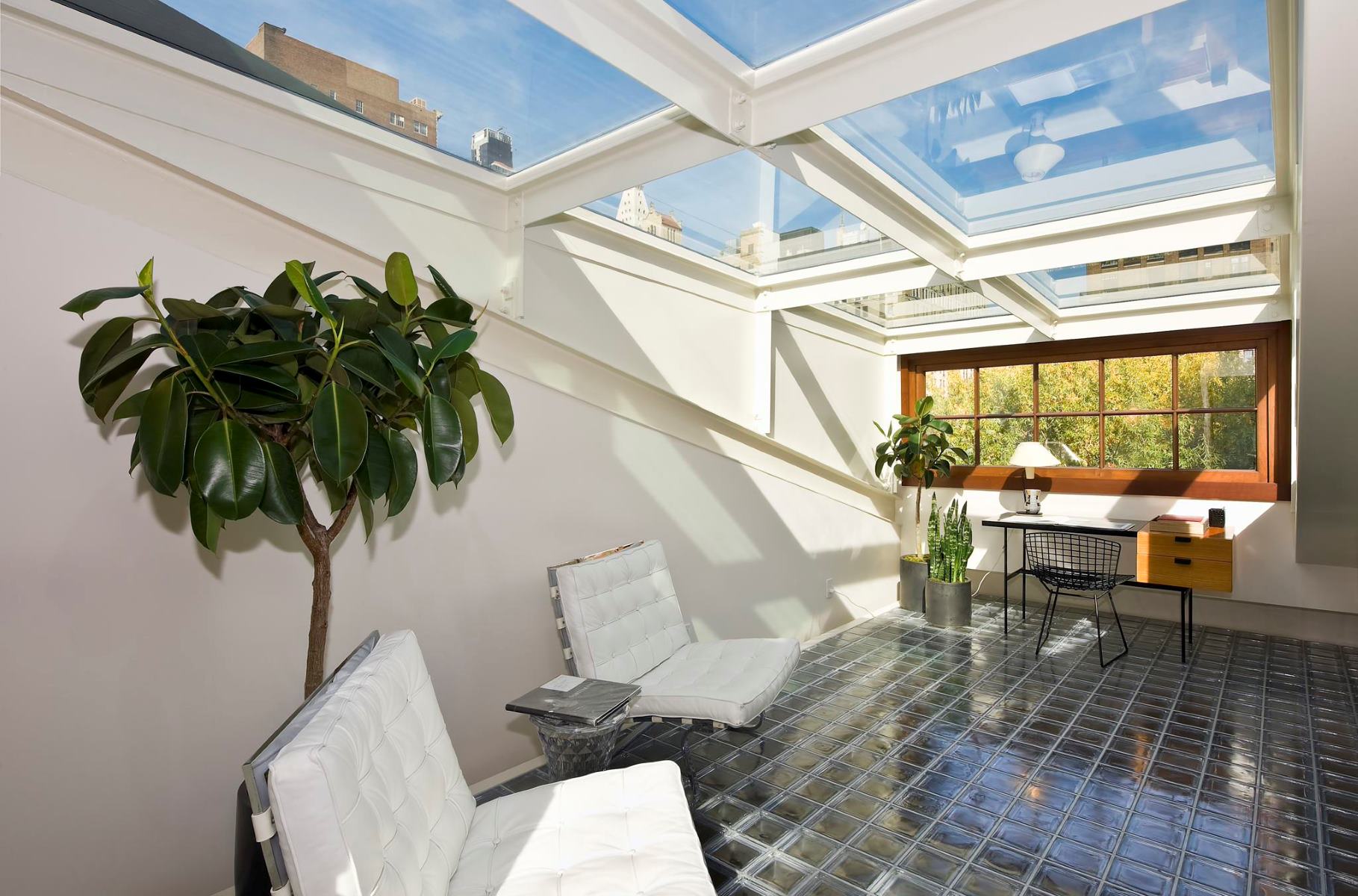

0 thoughts on “Why Does Porcelain Break Glass”